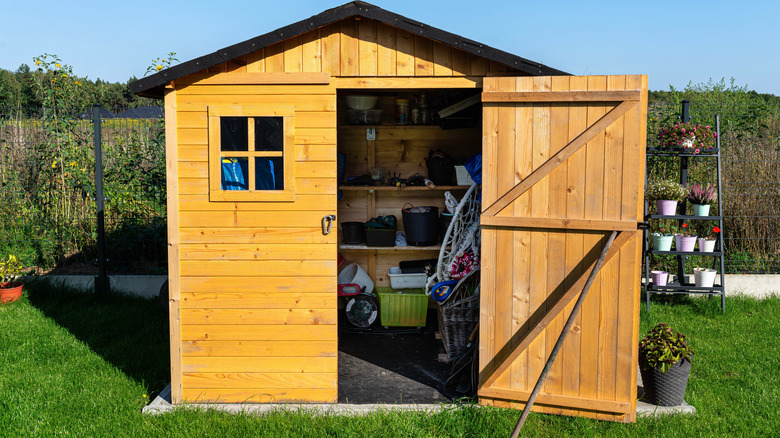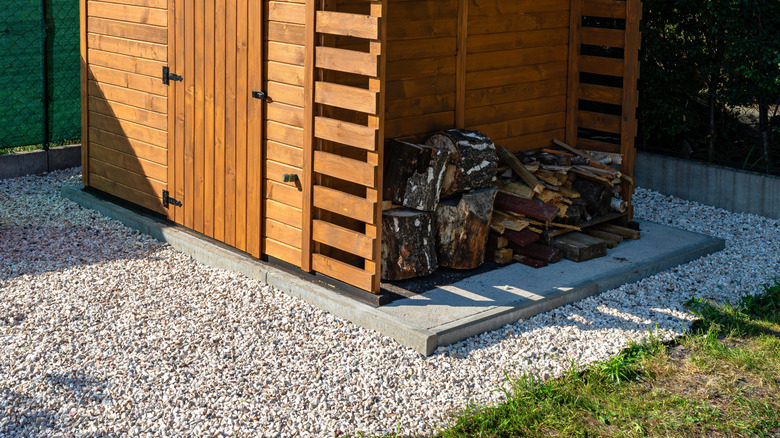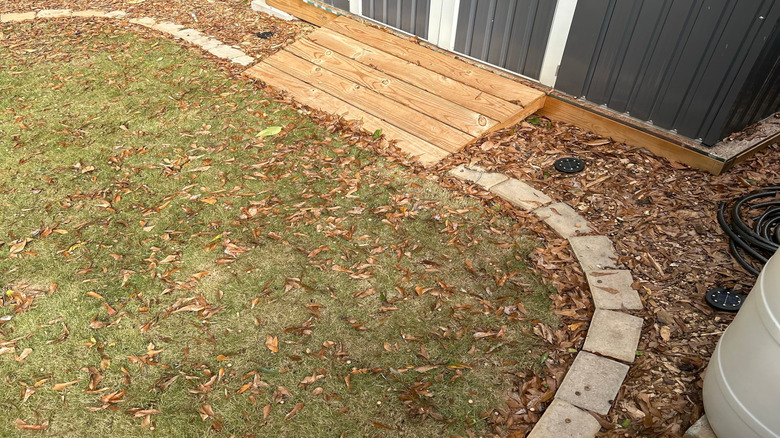Shed Foundation Options: Which One Is Right For Your Yard?
Planning on adding a shed to your backyard? You don't want to go through all the effort of getting it set up, just to have it shift, sink, rot, or become otherwise damaged after a couple of seasons. That's why choosing the best shed foundation material is crucial. An appropriate base keeps the structure upright, ensures stability and safety, protects the shed from water damage, and gives it a longer service life. Whether you're planning to store gardening tools and lawn equipment, or you have a more creative way to use a shed in your backyard, a solid foundation goes a long way.
Shed foundations aren't one-size-fits-all. Typical material options include gravel, concrete, wood planks, pavers, and wood beams. Each comes along with pros, cons, and considerations, and some work better than others. When you're choosing between types of shed foundations, consider your shed's size, what you're storing in it, the location's condition, your region's climate, and your budget.
Types of shed foundation materials
Concrete is one of the most common options for shed foundations, and for good reason. It's stable, and it stands the test of time. A concrete foundation is also the best option for larger sheds, or those that store heavy equipment. It ensures a stable base that won't shift or buckle under the weight. There are a few different ways to employ concrete for your shed foundation, and the most stable and long-lasting are concrete slabs or pads. These offer the most support and last the longest. You can also use concrete pavers or blocks, which are a bit more cost-effective and DIY-friendly, but they should be reserved for smaller, lighter sheds. Whichever concrete method you choose, it'll be a sturdy, moisture-resistant surface to rest your shed on, as long as it rests on a strong, level, compacted base.
For smaller sheds, or if you're building your own DIY shed, gravel is a great option. It's simple, affordable, and it allows for great drainage in moisture-prone areas. This quality helps protect your stored items from water damage. For sheds constructed with a floor, gravel protects the floor's materials from moisture buildup and rot.
Wooden shed foundations are another option for those looking for a simpler, more affordable solution, and wood is particularly beneficial for sheds that need to be completely or partially elevated. Wood beams and posts are customizable, but they are often susceptible to moisture damage and rot, so you'll need to raise them off the ground with cinder blocks.
Other considerations for shed foundations
The biggest factor to consider when choosing your shed foundation is the structure's size and weight. A large, heavy structure requires a solid, sturdy foundation made from concrete. If you opt for a weaker material in this case, the shed may suffer from shifting, foundation cracks, and eventual structural damage. However, for a smaller, lightweight shed, a concrete slab may be overkill. A gravel or wood foundation should suffice.
Another factor to consider is location. Unless the ground is perfectly level, using pavers may be difficult without excavating and compacting the area. This is where gravel shines, since it can fill in the somewhat uneven areas to create a level surface. In yards with significant slopes, though, wood beams combined with posts are the best option, since they can be customized to raise one side of the shed higher. If you get a lot of rainfall, that's another consideration to deal with. You'll need a foundation that provides good drainage and has a low risk of rot. Wood is less ideal for wet areas, while gravel is a great choice because it facilitates drainage.
Keep your budget in mind, too. Poured concrete is the costliest foundation option. Meanwhile, you can reduce your costs when you DIY a crushed rock foundation with just a few essential tools for laying gravel. This makes gravel the least expensive, followed by concrete pavers and blocks.


